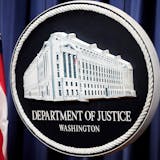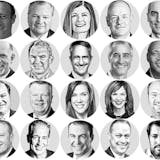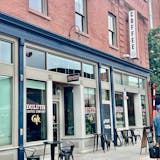The Beige Book of regional economic conditions produced by the Federal Reserve Bank of Minneapolis — named for their covers, not for their colorless writing — won a partly tongue-in-cheek "Beigie" award this year from a popular podcast and radio show.
That's because of a little innovation. In March, it added a section on how workers in the district are faring, "especially dislocated, marginally attached and historically disenfranchised members of the labor force," and another section on how minority and women-owned small businesses are doing.
The new and improved Minneapolis Beige Book is another sign of something important going on inside the Fed's influential outpost in Minneapolis. No other Fed banks are doing this, although it's puzzling that talking to workers is considered truly groundbreaking at the Fed.
"We are nudging the institution to be more focused, and more intentional … about making sure we hear from all voices," said Minneapolis Fed President Neel Kashkari last week.
That's the same thinking that led the Minneapolis Fed to launch its Opportunity & Inclusive Growth Institute in early 2017.
The story all starts with Kashkari taking over as the bank's president the year before.
After coming to town, he said he tried to get to know a sprawling district that stretches from Michigan to Western Montana. He met bankers, public officials and corporate executives, as a new Fed bank president should. Yet he also talked to immigrant and minority small-business owners and front-line workers.
It was about six years into a long economic expansion that would keep chugging along for four more years. Yet even back then, larger employers were complaining about a shortage of workers.



